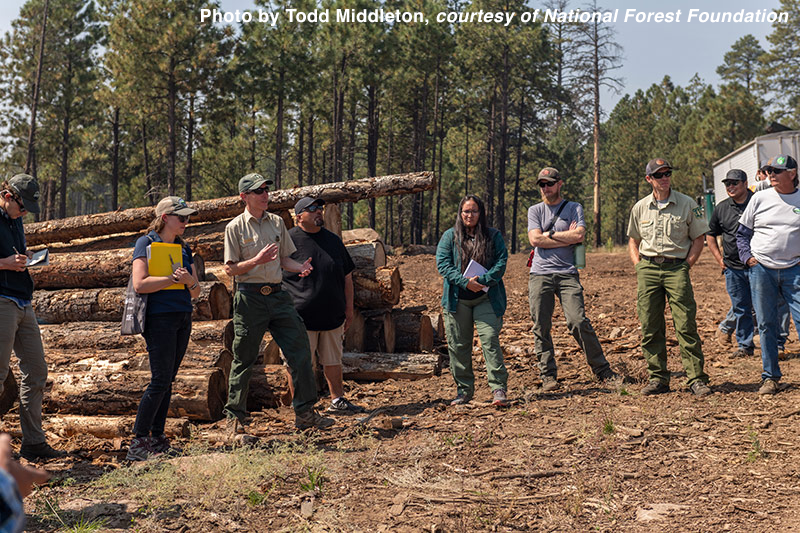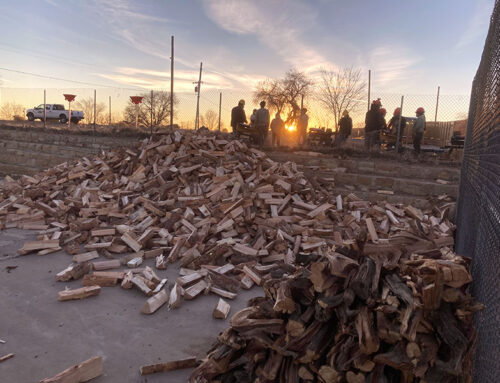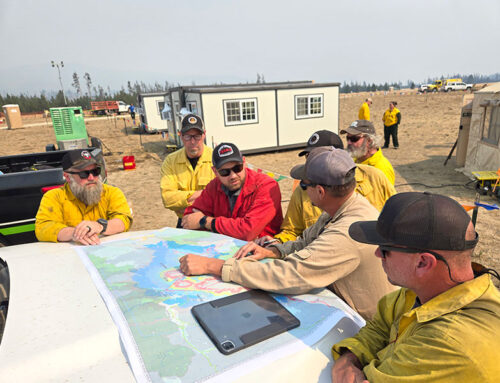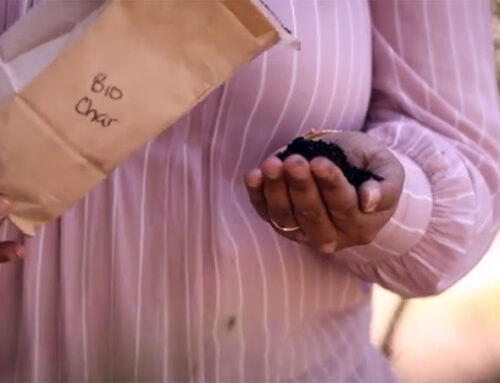The Native American Forest and Rangeland Management Program continues to engage with the Wood For Life (WFL) Partnership. WFL is a collaborative network of organizations in northern Arizona and neighboring states that was formed to provide resources and a sustainable source of firewood to local tribal communities through forest restoration efforts while reducing forest-wide fuels.
To better understand the scale and patterns of firewood need and local capacities for firewood distribution among tribal partners, the Forest Service requested that the ERI complete a needs assessment, which is currently in draft form. The ERI team, including Jon Martin, Niki vonHedemann, and Aidan Franko, traveled over the past year to meet with local tribal leaders: nonprofits, managers, and elected officials for chapters in the Western Navajo Agency and Hopi Tribe village Community Service Administrators. Local leaders estimated that, on average, 90% of households in the area rely on firewood for heating. The vast majority of chapters and villages already function as wood banks, particularly serving elderly, disabled, veteran, and single-parent households. There is a need to support labor at the local level to process firewood to stove-ready sizes and coordinate pickups and deliveries to households.
The ERI also recently published a white paper, “Indigenous Biomass Use for Forest and Community Well Being: A Case Study of Wood For Life,” that aimed to 1) better understand trends in Indigenous forest biomass use in the US and Canada through a systematic review of published literature, 2) examine the WFL partnership as a local case study of Indigenous forest biomass use in the US Southwest, and 3) capitalize on improved understandings to provide recommendations for further development of Indigenous forest biomass partnerships. Key recommendations from this work include the need to 1) assess and update policies regarding biomass use regularly and with Indigenous input; 2) make funding directly available to tribal entities, including at the local level; 3) develop relationships and increase outreach to locations with firewood need; 4) increase federal funding for transportation infrastructure to facilitate biomass delivery.




